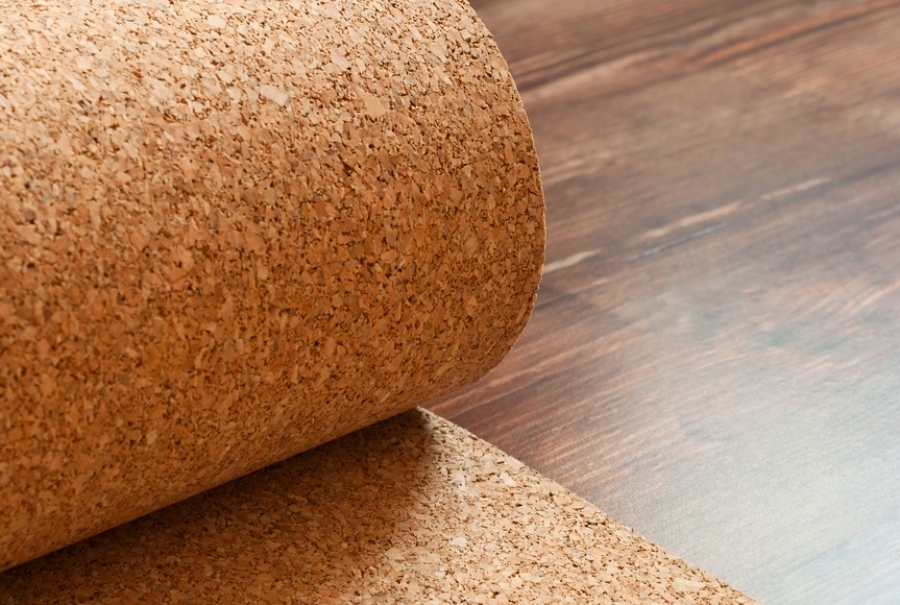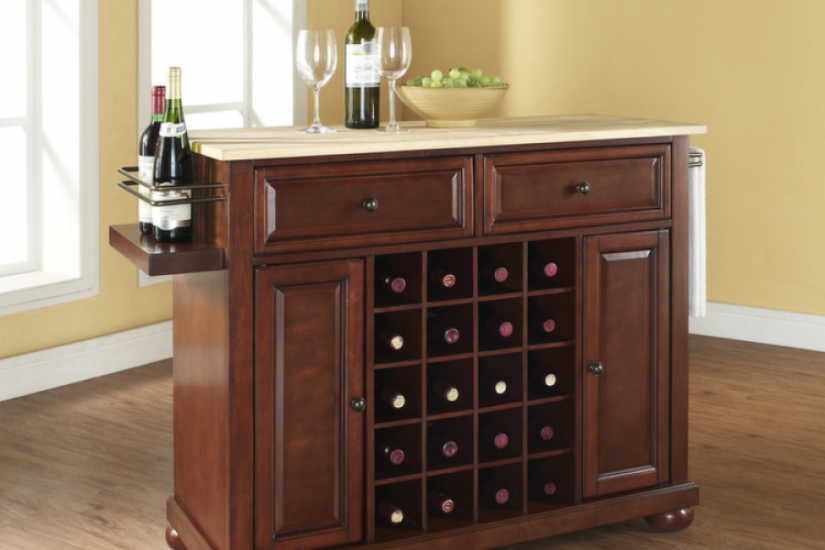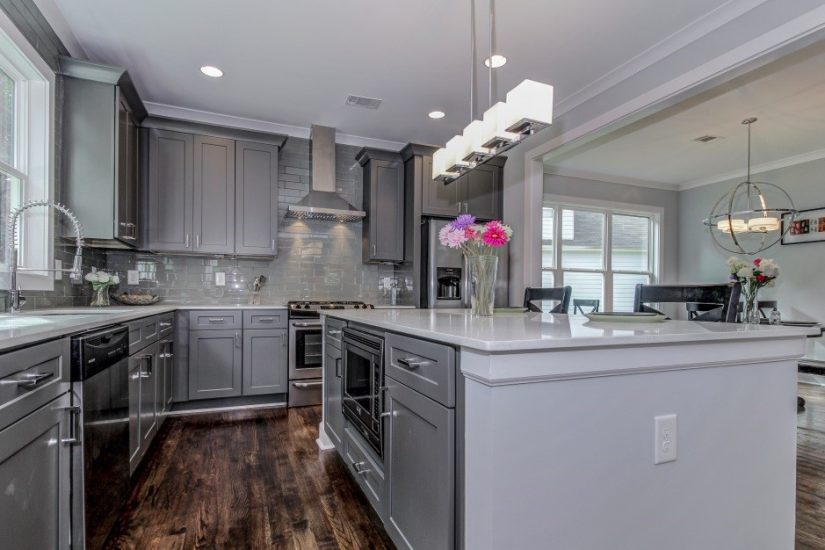If you wear the chef’s hat in your house, you probably already know that long hours spent prepping and cooking meals can result in sore feet, achy muscles and back pain. But did you know your kitchen floors could be the cause? Concrete floors along with certain types of tile (like ceramic, porcelain, and stone) are nonresilient, which means there is no spring back or buoyancy with these types of materials. If you spend a lot of time in the kitchen on your feet, you might want to look into other options. Read on for the top five flooring materials for cooking.
1. Linoleum
One of the softest materials you can use for your kitchen floor is linoleum. It offers a nice cushion, making it more comfortable to stand on than hard flooring—and because of its extra resilience, things are less likely to break when they hit the floor. (It happens!) Linoleum flooring is also stain-proof and resistant to water, making it an easy material to clean up.
2. Cork
Put the wine opener back in the kitchen cabinets! Cork flooring is made from tree bark, not recycled wine corks. (We like where your head is at though.) This kitchen flooring material is great for cooking because of its plush feel, and thanks to its natural texture cork is less slippery than tile and other hard flooring. Cork is also a sound insulator, so if your family is ever complaining about you “banging around in the kitchen” this sustainable material could be the solution.
3. Wood
Wood flooring is less durable that most hard floors but it is easier on your back and knees. Everything is about compromise, right? For the longest lasting wood flooring look for a variety that has been pretreated with a polyurethane sealer. When wood flooring is sealed it is easier to keep clean and will be more durable. On average, kitchens with wood flooring need to be resealed every five years.
4. Rubber
Rubber is a relatively new flooring option for home kitchens, but one that is an excellent choice for cooks—it has been used commercially in restaurants for years! As you can imagine, rubber has a great spring to it that feels fantastic under your feet. Because it’s resilient, easy to clean, and has the ability to handle high-traffic, homeowners are taking a tip from the pros and using rubber for their kitchen flooring.
5. Laminate
Not only inexpensive, laminate is relatively soft in comparison to other materials, making it an appealing choice for those who spend long hours in the kitchen on their feet. It is also water-resistant and easy to clean, so spills and splashes are no problem with laminate. It’s only real setback is that because it is not completely solid, you are not able to refinish a section if one part of your floor becomes damaged.
Love these floor ideas? Check out our kitchen cabinets which all offer the perfect space and storage for cooking.




